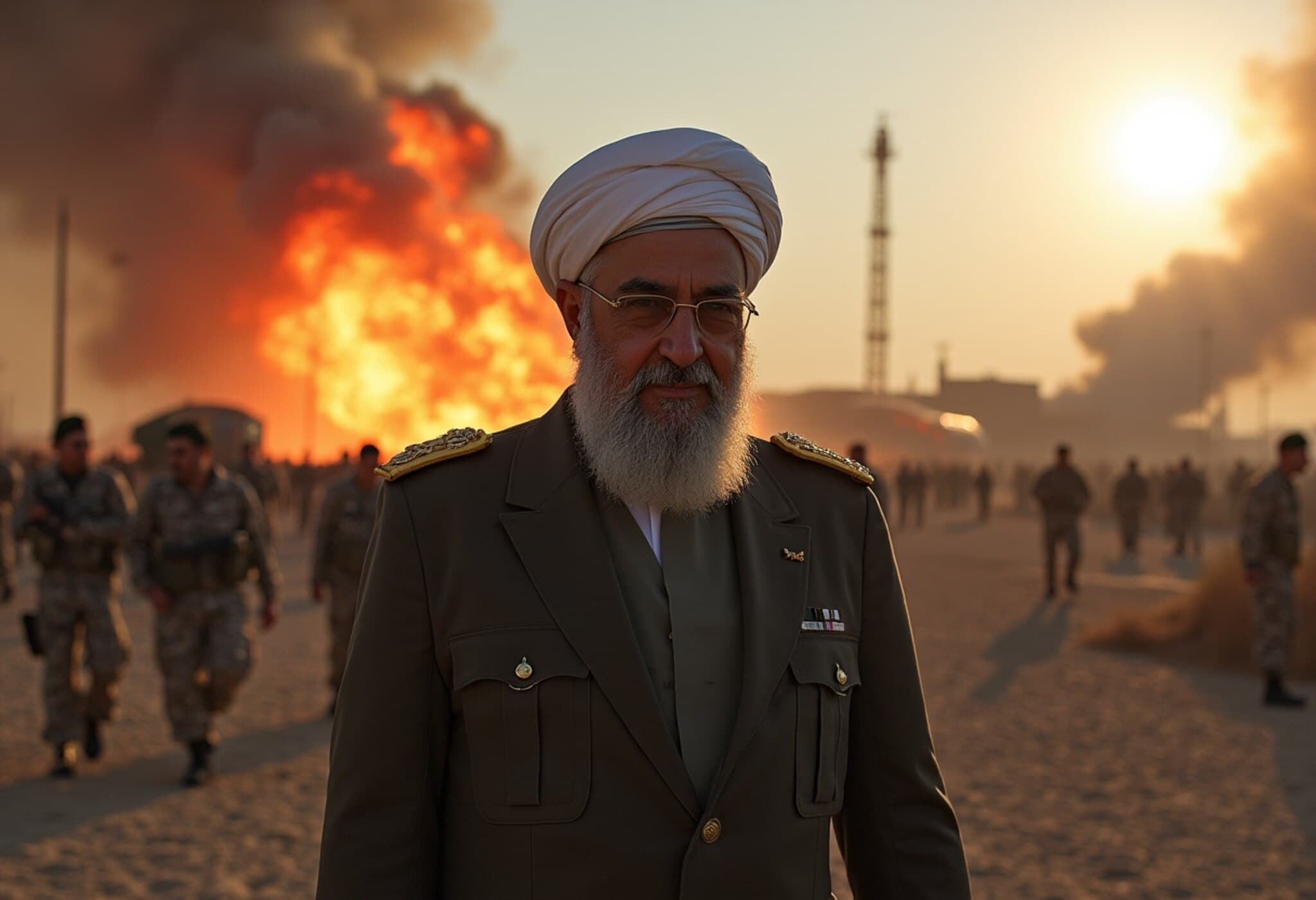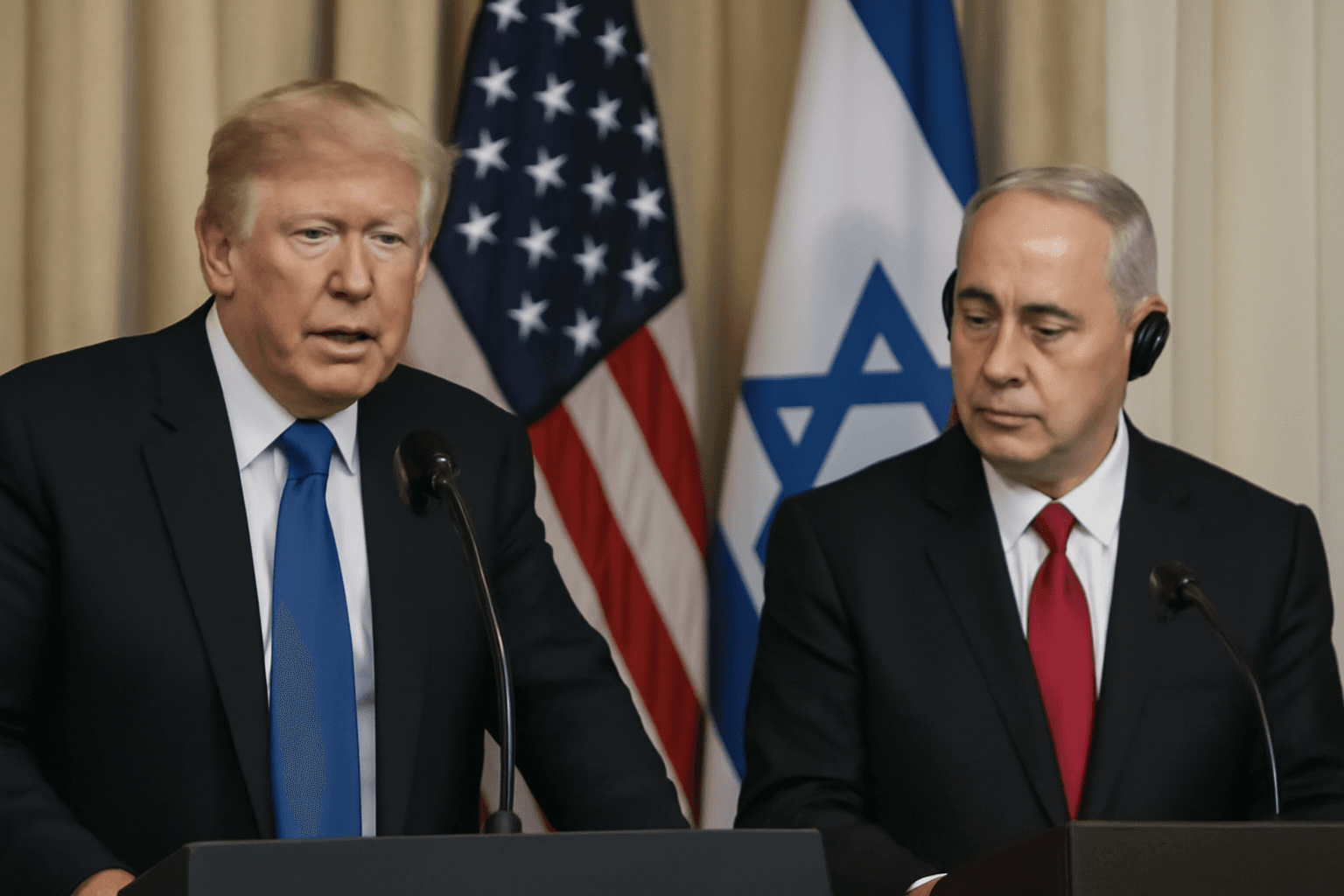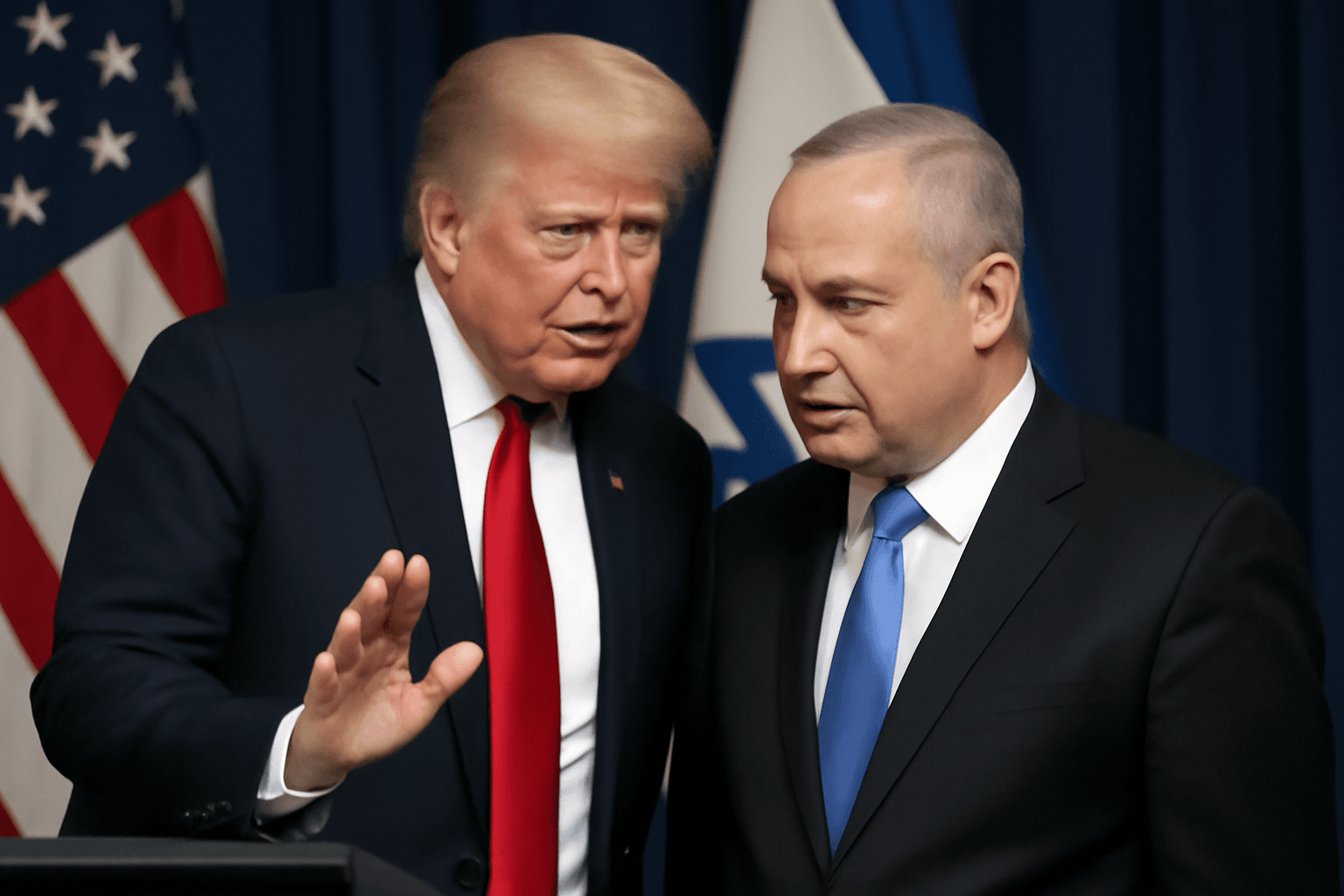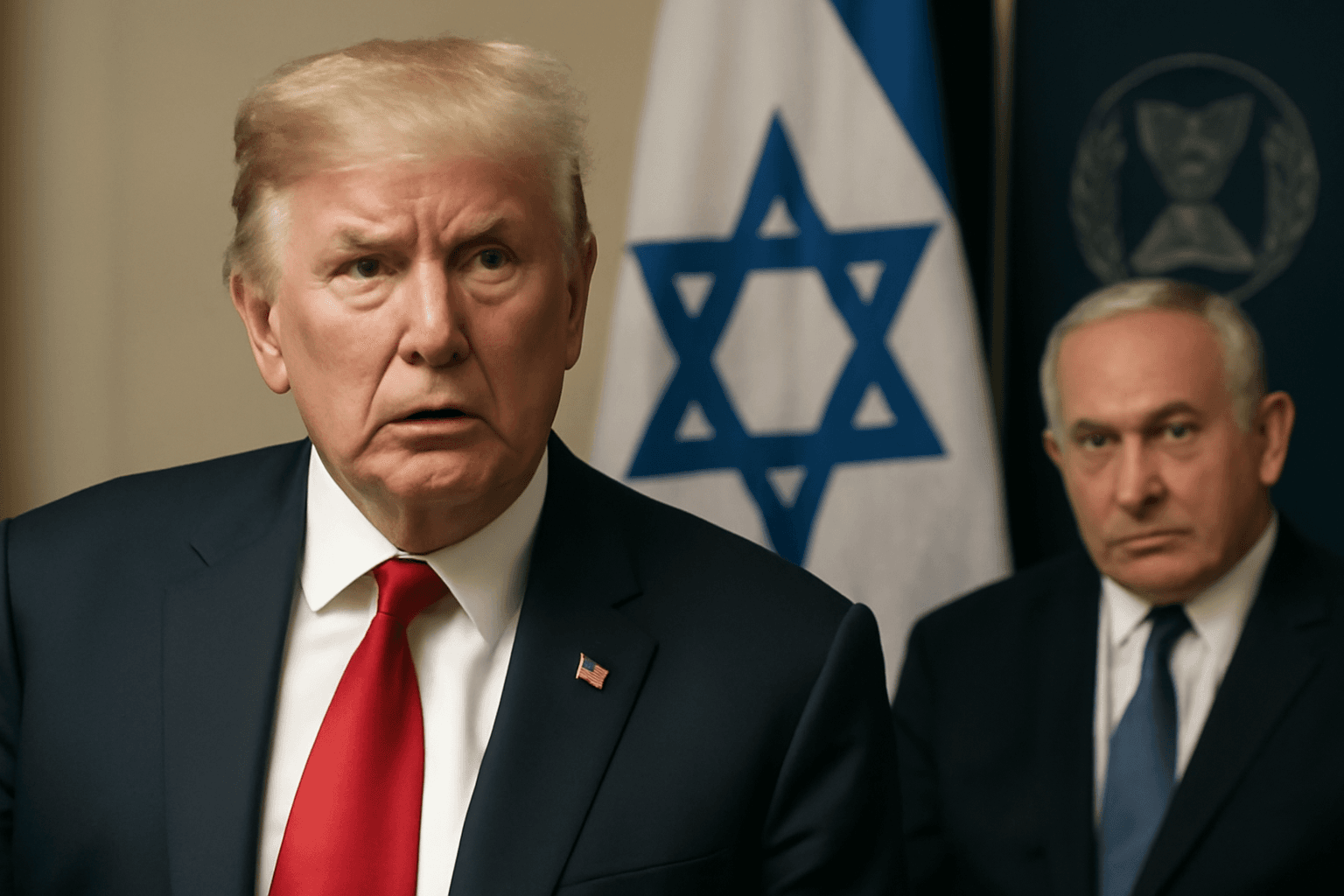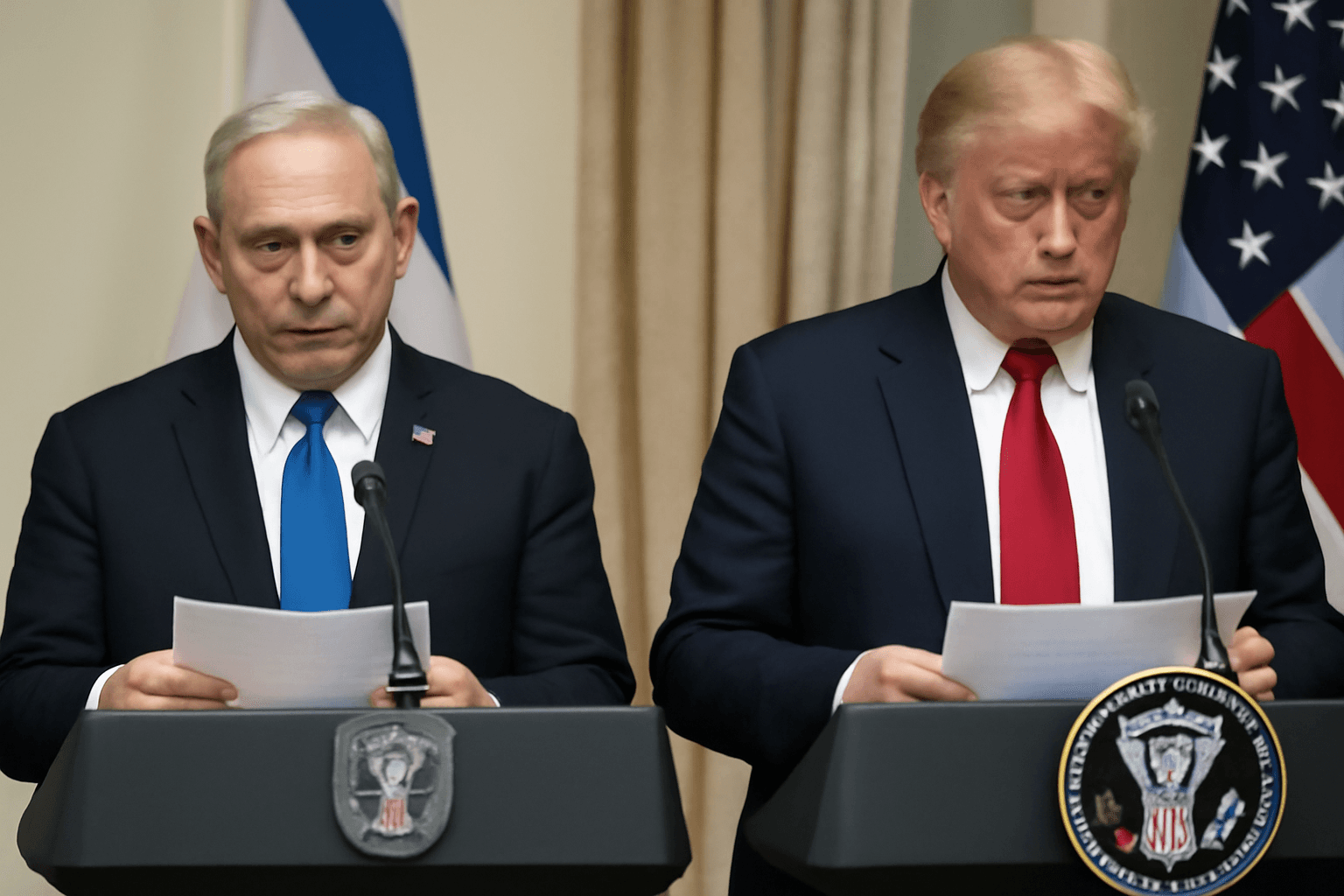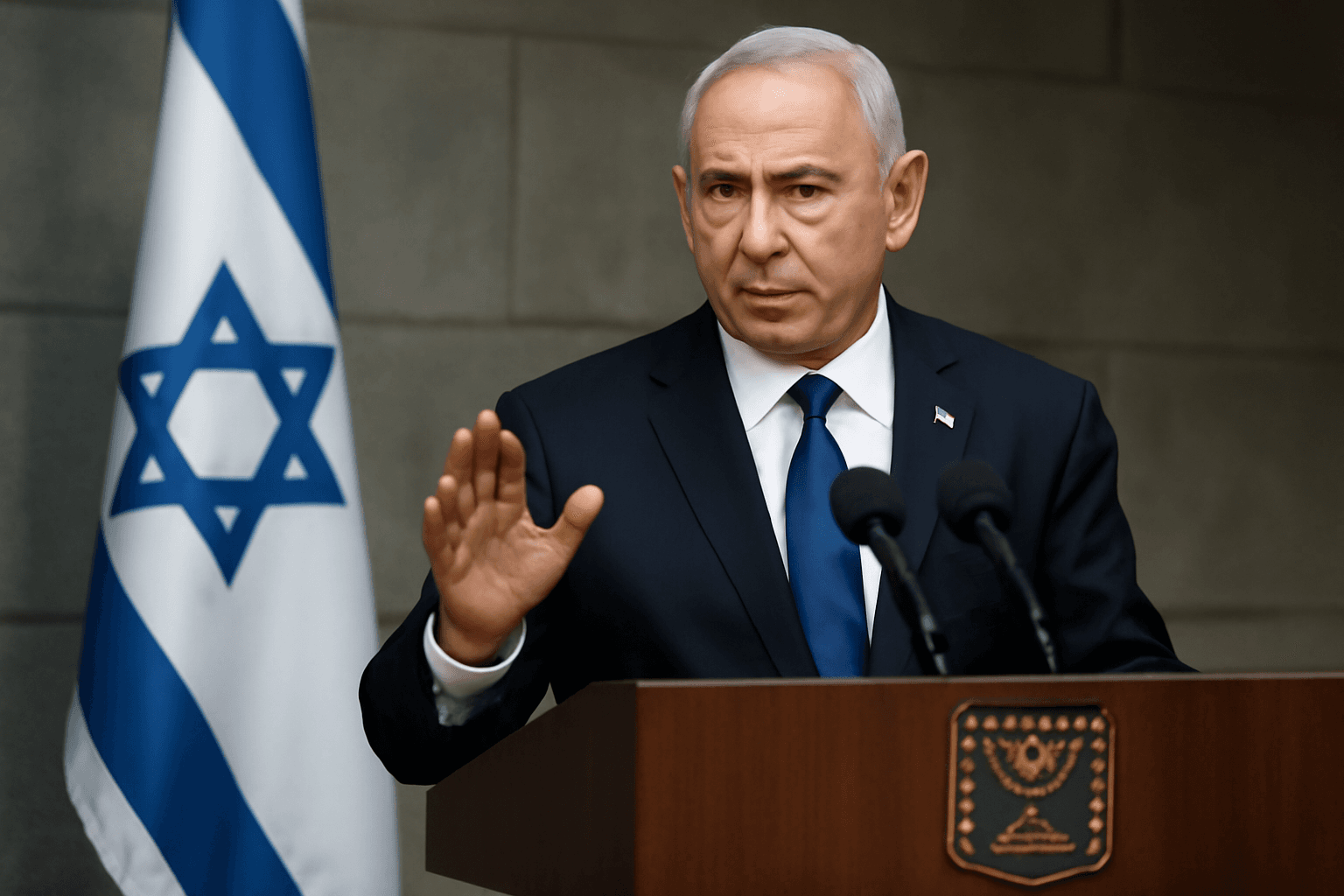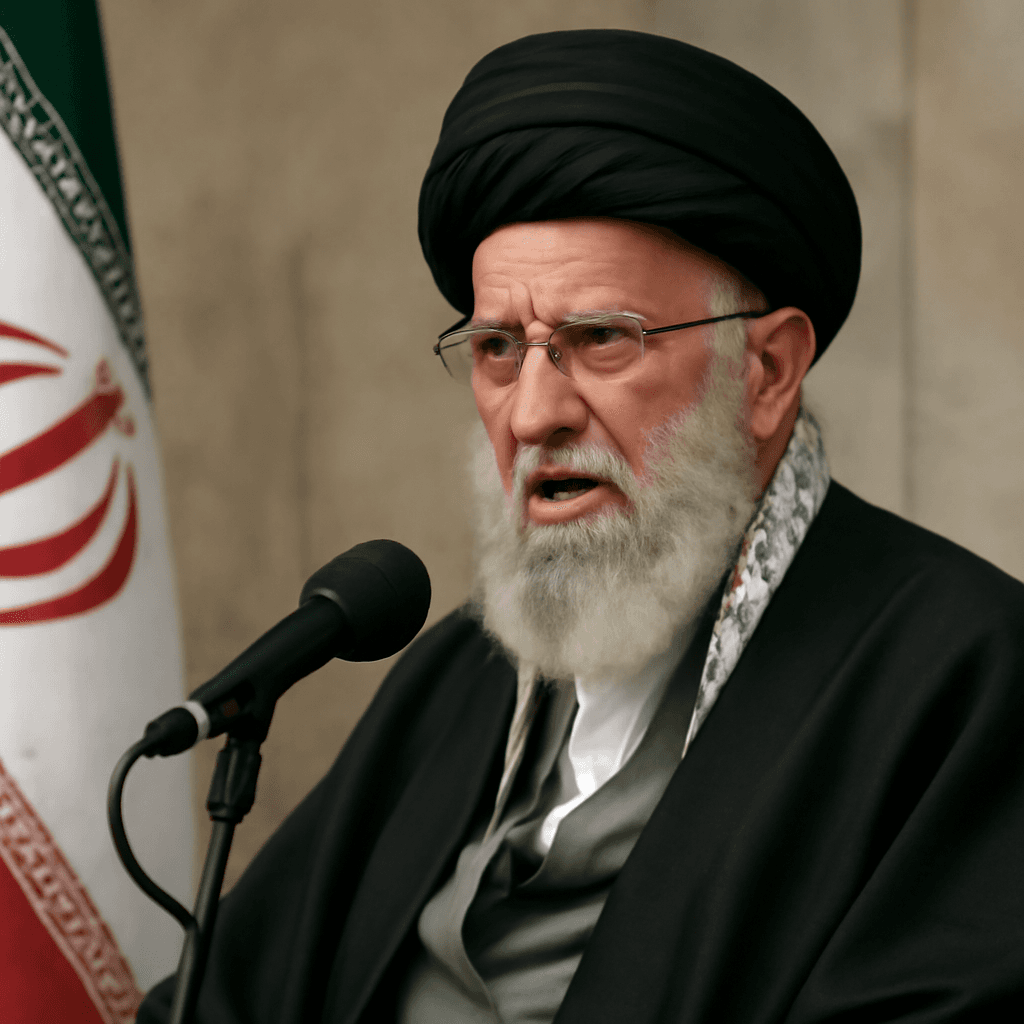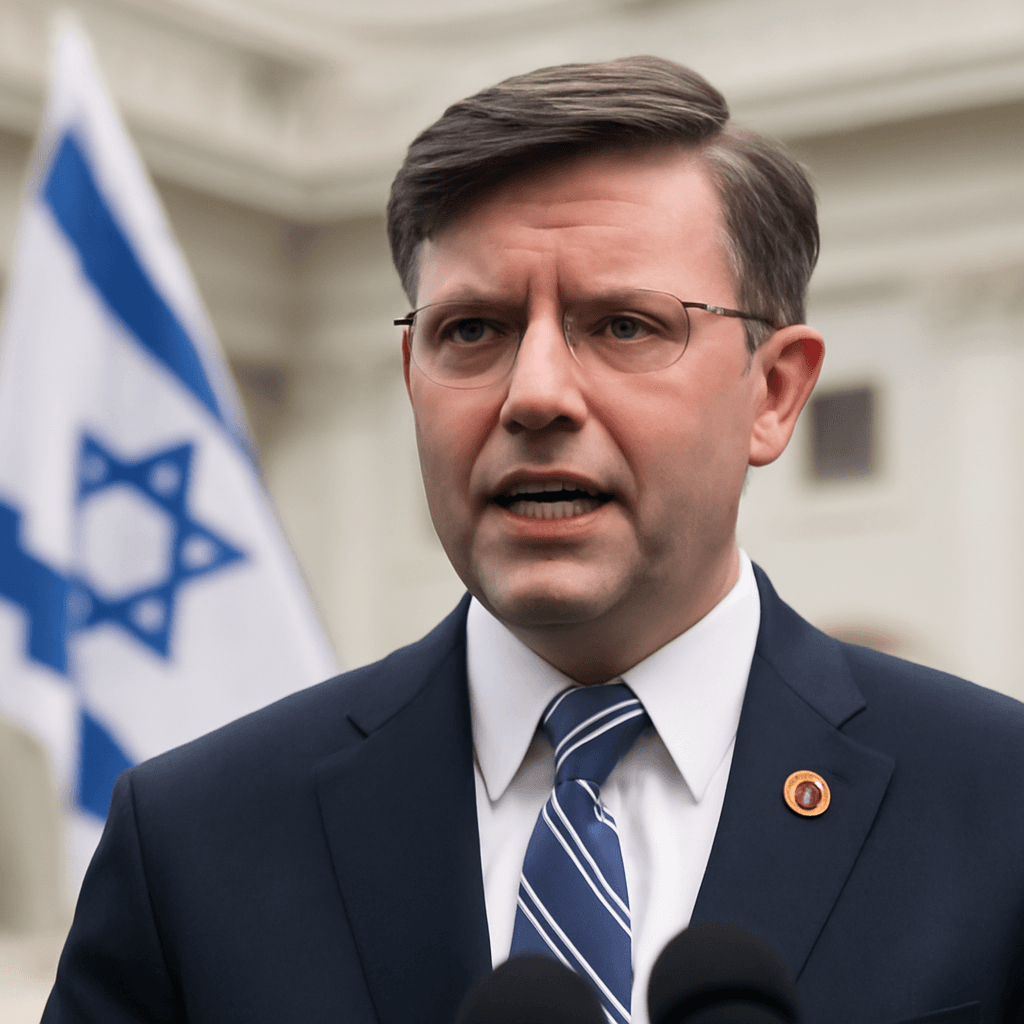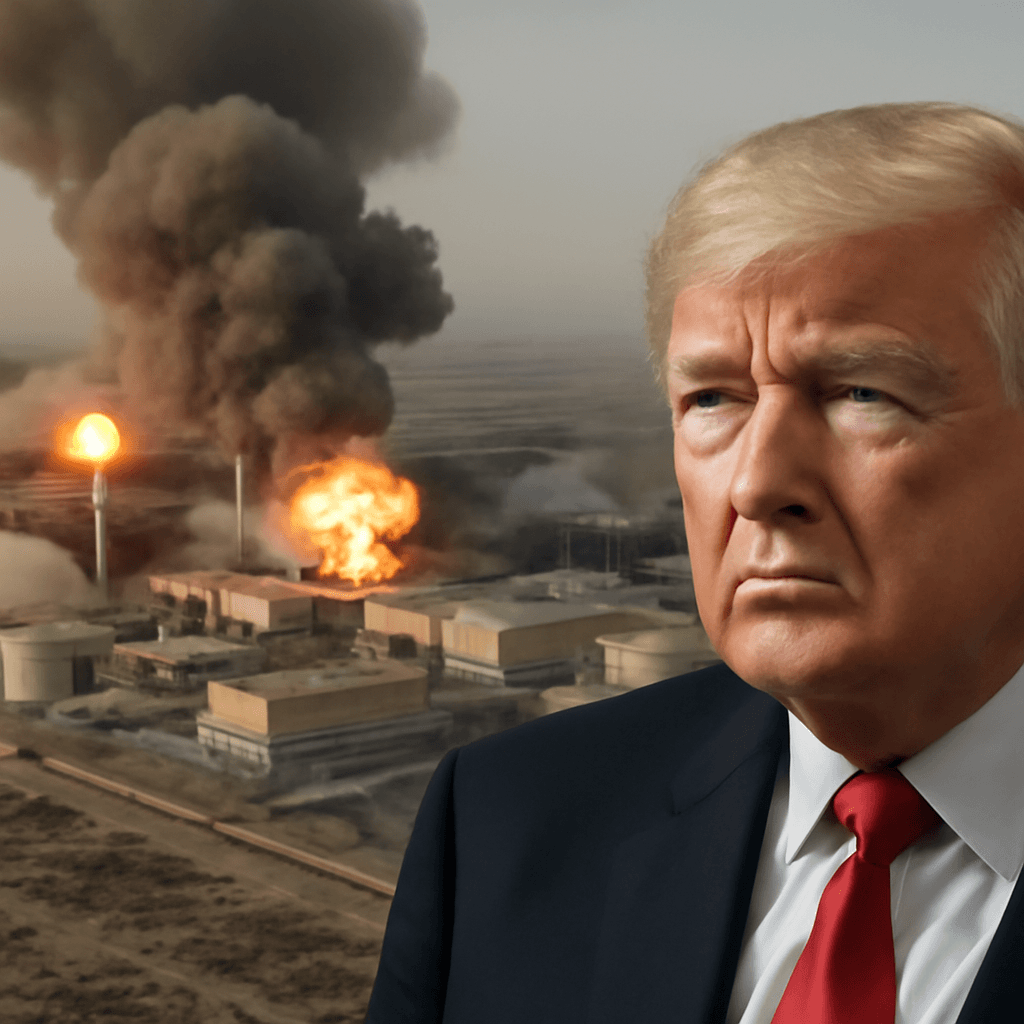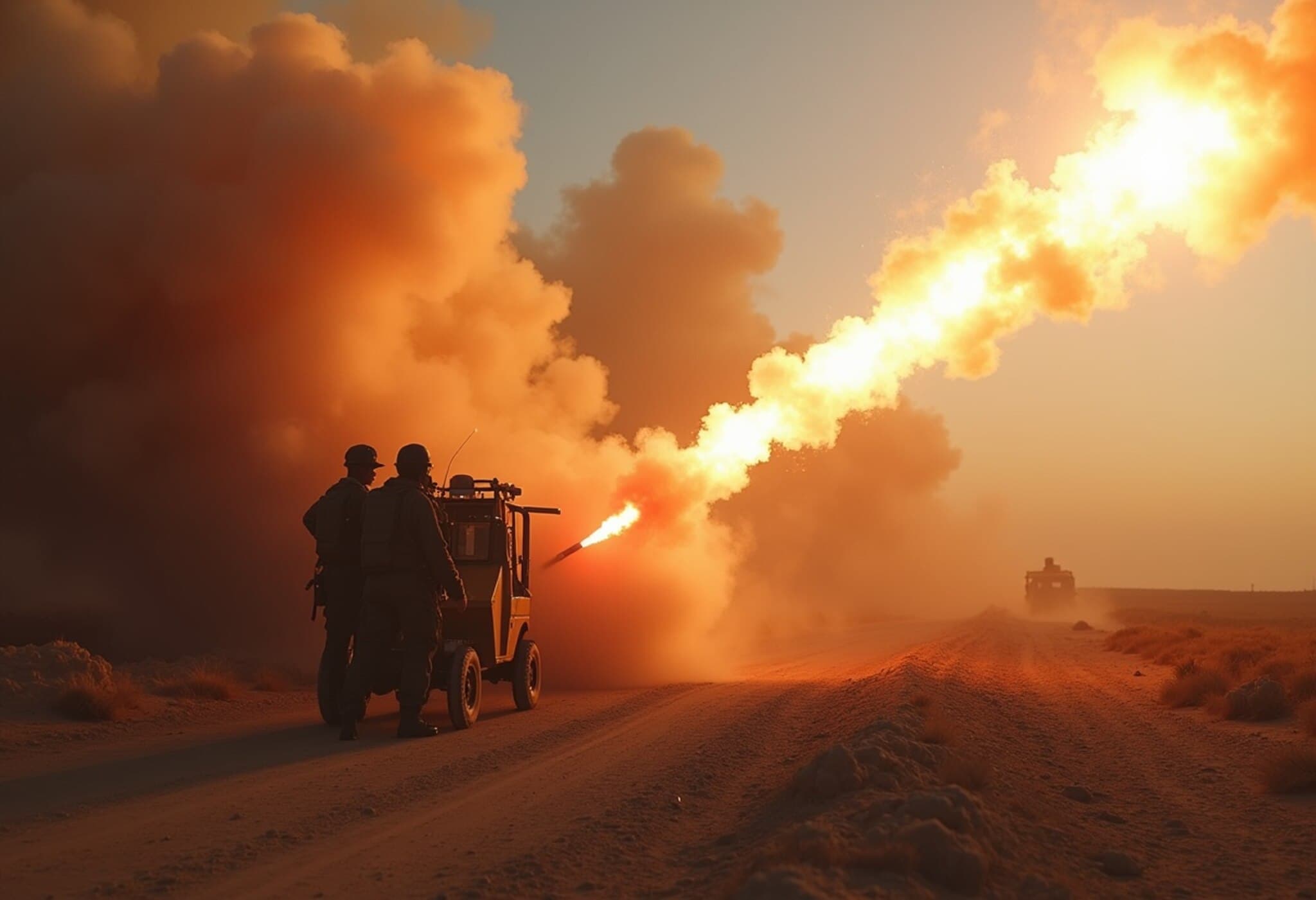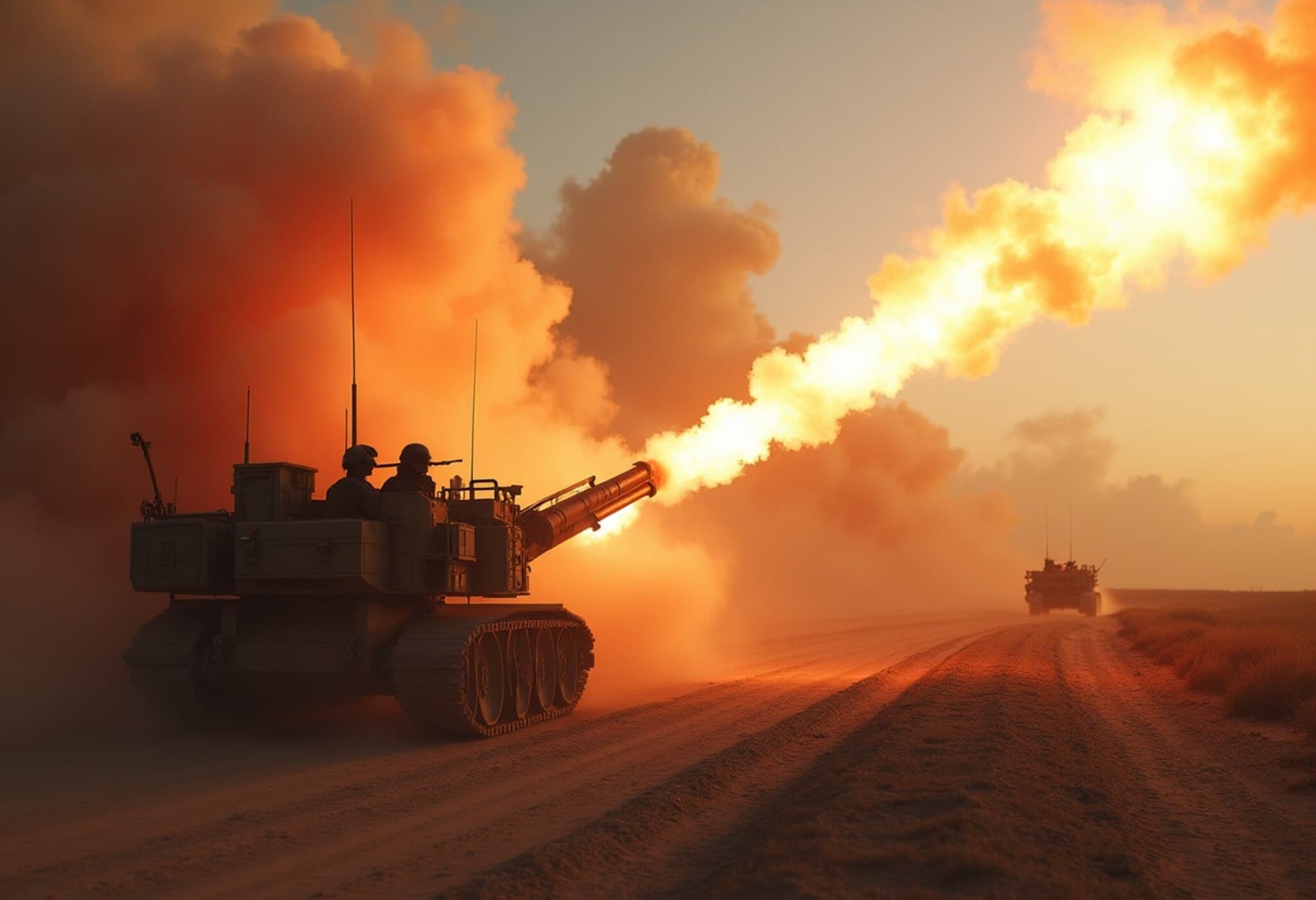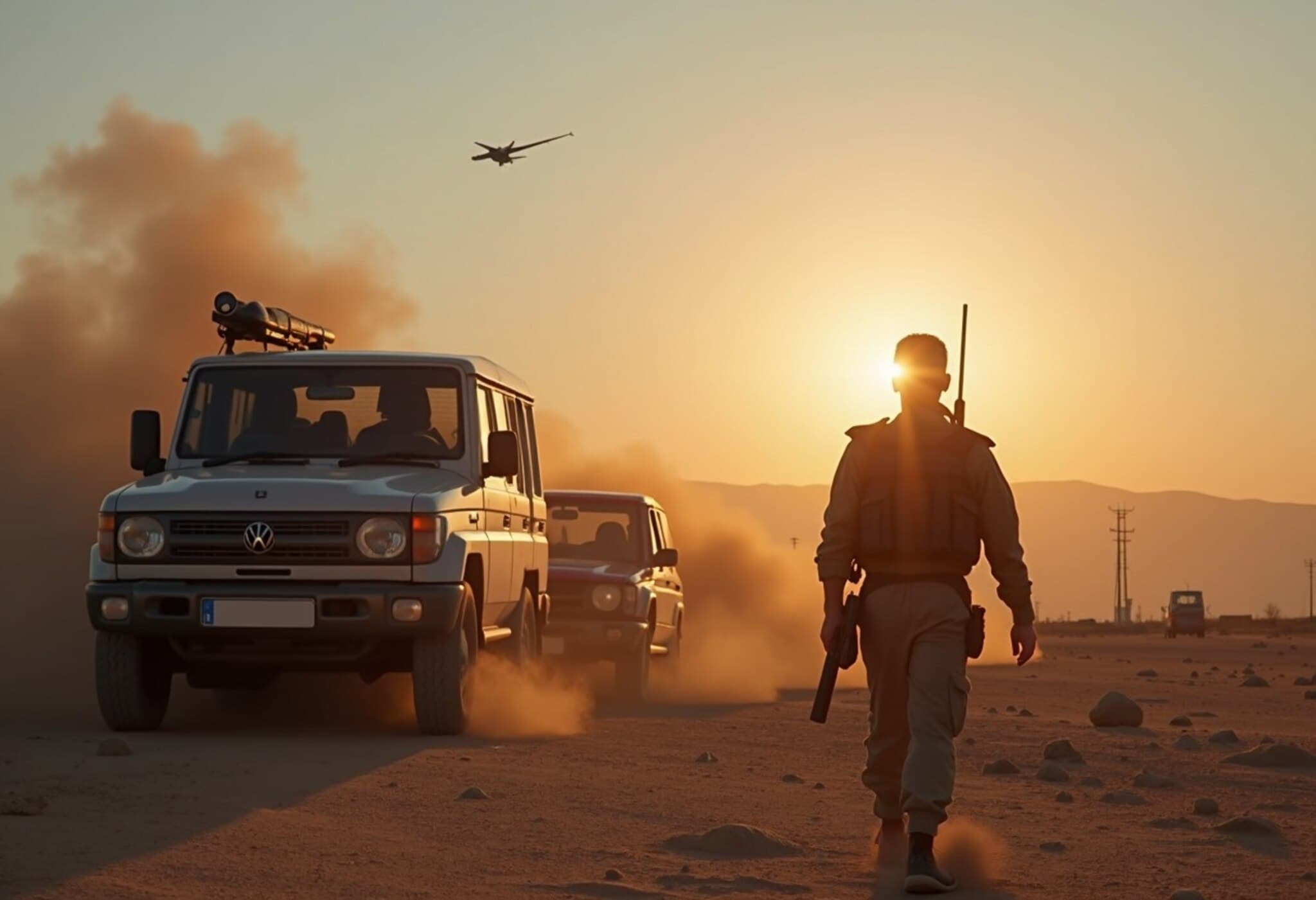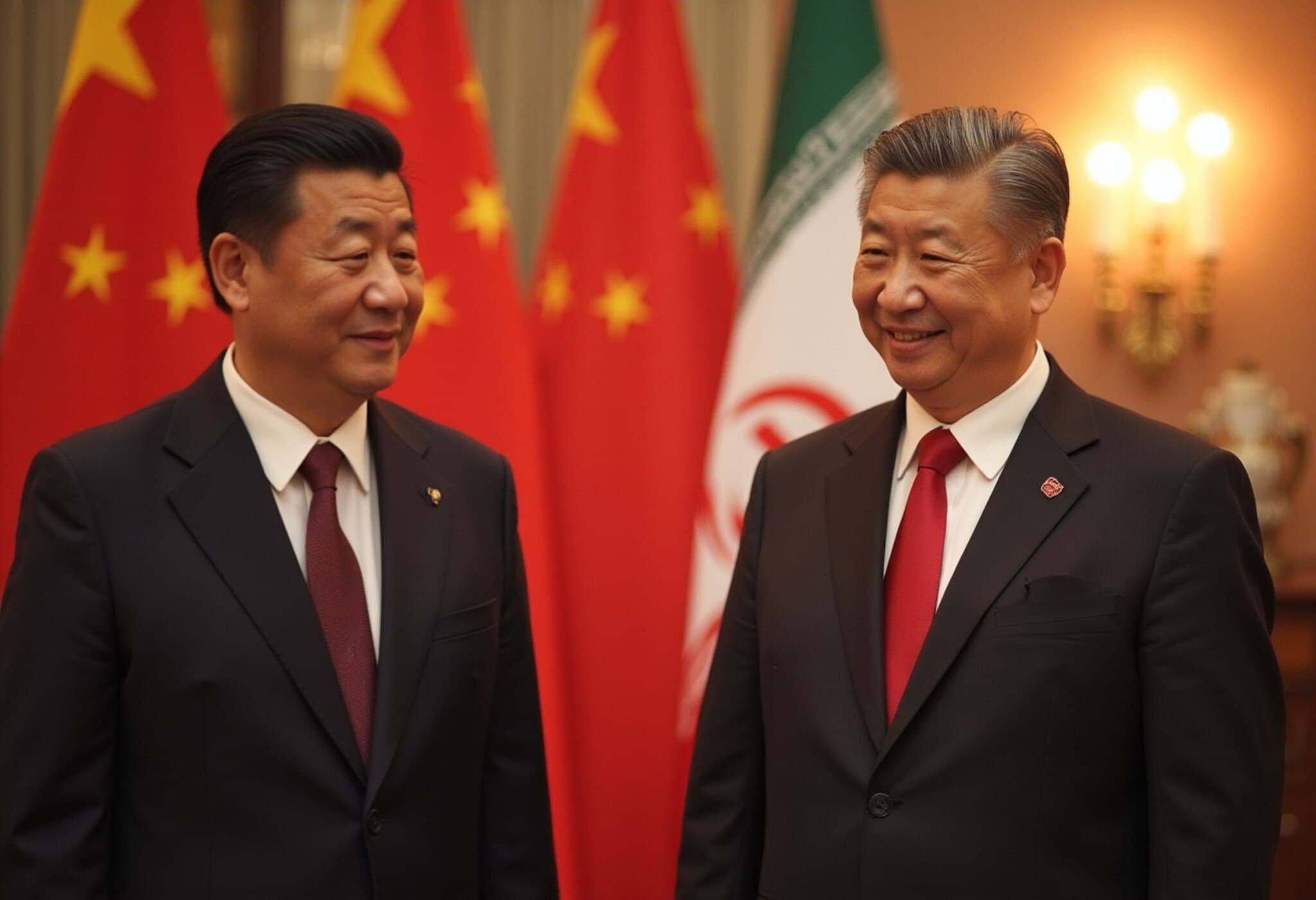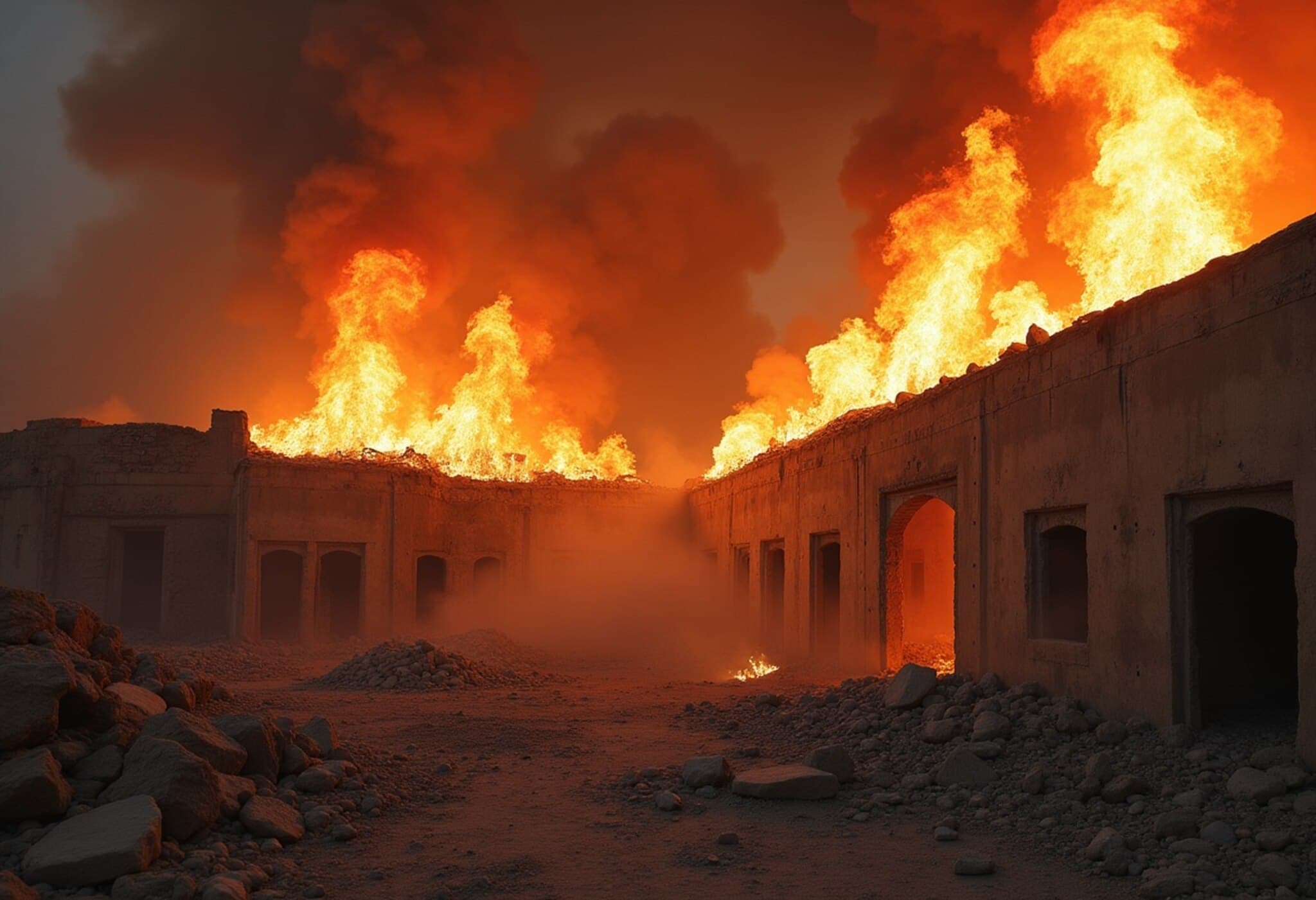Iran Faces Unprecedented Pressure Five Years After Striking US Bases
Exactly five years ago, Iran launched a carefully measured missile strike on US military bases in retaliation for the assassination of General Qassem Soleimani. Designed to avoid full-scale war, this maneuver was a hallmark of Tehran’s longstanding approach—balancing aggression without direct confrontation. Today, however, that delicate balance has crumbled under rising military pressures and strategic miscalculations.
From Calculated Retaliation to Open Conflict
Back in 2020, Tehran’s missile attacks were calibrated to send a signal without igniting escalation. By communicating its intentions through back channels and avoiding casualties, Iran aimed to maintain a precarious status quo—what many analysts describe as a “no war, no peace” stance. Supreme Leader Ayatollah Ali Khamenei championed this approach, leveraging proxies and strategic threats to assert influence while sidestepping direct war.
The Strategy Unravels Under Modern Pressures
However, this tightrope walk has grown increasingly untenable. Today, Iran confronts a war it neither sought nor is fully prepared for. Israeli military strikes have intensified, targeting missile sites, nuclear facilities, and key military leaders while asserting air dominance. Tehran’s retaliatory missile launches, although persistent, have yet to shift the strategic balance.
The Aftermath of October 2023 and Regional Dynamics
The turning point came after the October 7, 2023 Hamas assault on Israel, which resulted in significant casualties and hostages. Despite Tehran’s official denial of involvement, Israel interpreted the attack as part of a broader campaign supported by Iran to destabilize the region. In response, Israel unleashed a targeted offensive against Iran and its allied groups with unprecedented intensity.
Analysts suggest Iran misjudged Israel’s limits on tolerating aggression and overestimated the cohesion and strength of its regional partners—the so-called “axis of resistance” which includes Hamas, Hezbollah, and the Houthis. While these groups remain active, they have offered limited support amid escalating Israeli pressure. The network once orchestrated by Soleimani appears overstretched and fragmented.
Recent Clashes and Diplomatic Movements
Fighting between Israel and Iran has continued, with airstrikes launched a week into the conflict targeting missile infrastructure in western Iran. Simultaneously, Tehran’s Foreign Minister Abbas Araghchi sought diplomatic engagement in Switzerland, meeting with European Union and Western diplomats. Yet, Iran’s official stance remained firm, condemning Israeli airstrikes as unprovoked aggression during a United Nations human rights forum.
Domestic Response and Human Cost
Within Iran, public sentiment is tense and charged. Thousands protested in Tehran against the ongoing Israeli attacks, some expressing unwillingness to negotiate with what they see as a persistent adversary. Meanwhile, reports indicate heavy casualties from the conflict, with at least 657 fatalities and over 2,000 wounded following a week of strikes.
Conclusion: A Strategy at a Crossroads
Iran’s decades-old policy of navigating between war and peace now faces its sternest test. The evolving conflict has exposed vulnerabilities in Tehran’s regional tactics and poses existential questions about the regime’s future stability. As fighting endures and diplomatic efforts cautiously move forward, the stakes have never been higher for both Tehran and the wider Middle East.

